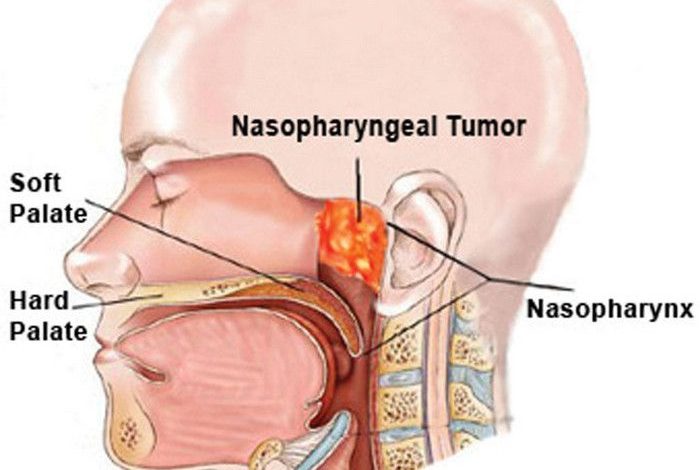

Ear, Nose & Throat Care
By Dr Rekha Balachandran
How many of you reading this article have heard of Nose Cancer or Nasopharyngeal Carcinoma (NPC)? NPC arises from an area behind the nose called the nasopharynx. It is far more common in our country than you realise. The Malaysian National Cancer Registry states that NPC is the second most common cancer in Malaysian men, after lung cancer.
What Causes NPC?


What are the symptoms of NPC?
NPC grows at the back of the nose, in an area that is not seen by the naked eye. The symptoms of NPC are seemingly harmless and can mimic some benign conditions. This is why awareness plays such a big role in the diagnosis of NPC.
Majority of individuals present with a swelling in the neck. The swelling is usually painless and firm in nature. This is due to the spread of tumour to the lymph nodes in the neck. Another common symptom is nosebleeds and nose block. Since the tumour grows at the back of the nose, it is closely related to a tube that connects to the ear. Hence some people may present with worsening ear block on one side.
How is NPC diagnosed?
An ENT doctor will do a simple office based procedure called a nasal endoscope which will look at the back of the nose. If there is any suspicious looking swelling there, the doctor will usually take a small tissue sample called a biopsy for confirmation. The next step is to perform radiological studies like CT scans or MRIs to assess the size and spread of the disease. There are blood tests which screen for the antibodies EBV virus in the blood stream. However, a positive test result alone cannot diagnose NPC it has to be followed by an endoscopy and biopsy as EBV infection does not always lead to NPC.
How is NPC treated?
Once NPC is diagnosed, the treatment is radiotherapy with or without chemotherapy.
What is the prognosis like?
NPC is a cancer with good long-term survival rates, IF it is diagnosed early. The 5-year survival rate is 80% in stage I disease compared to 62-34% for stages III & IV. Unfortunately in our country, the majority of individuals are diagnosed in late stages (III & IV). This is due to a lack of awareness among the public.


